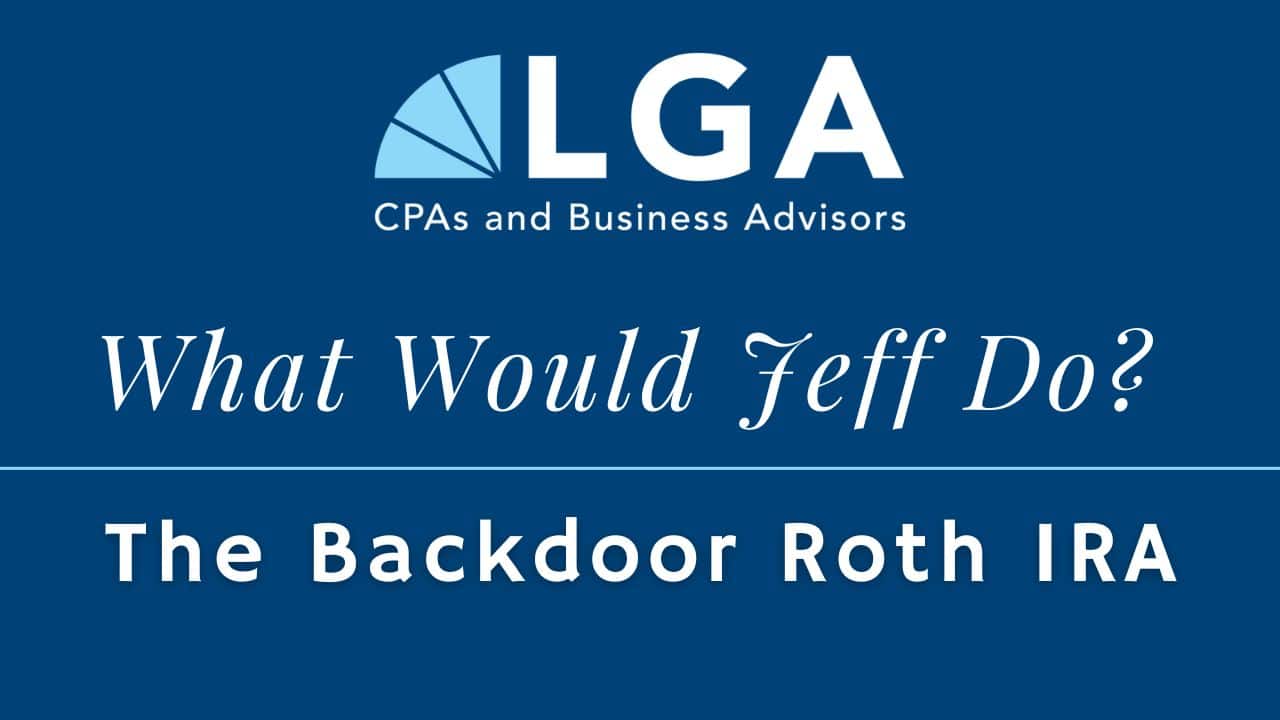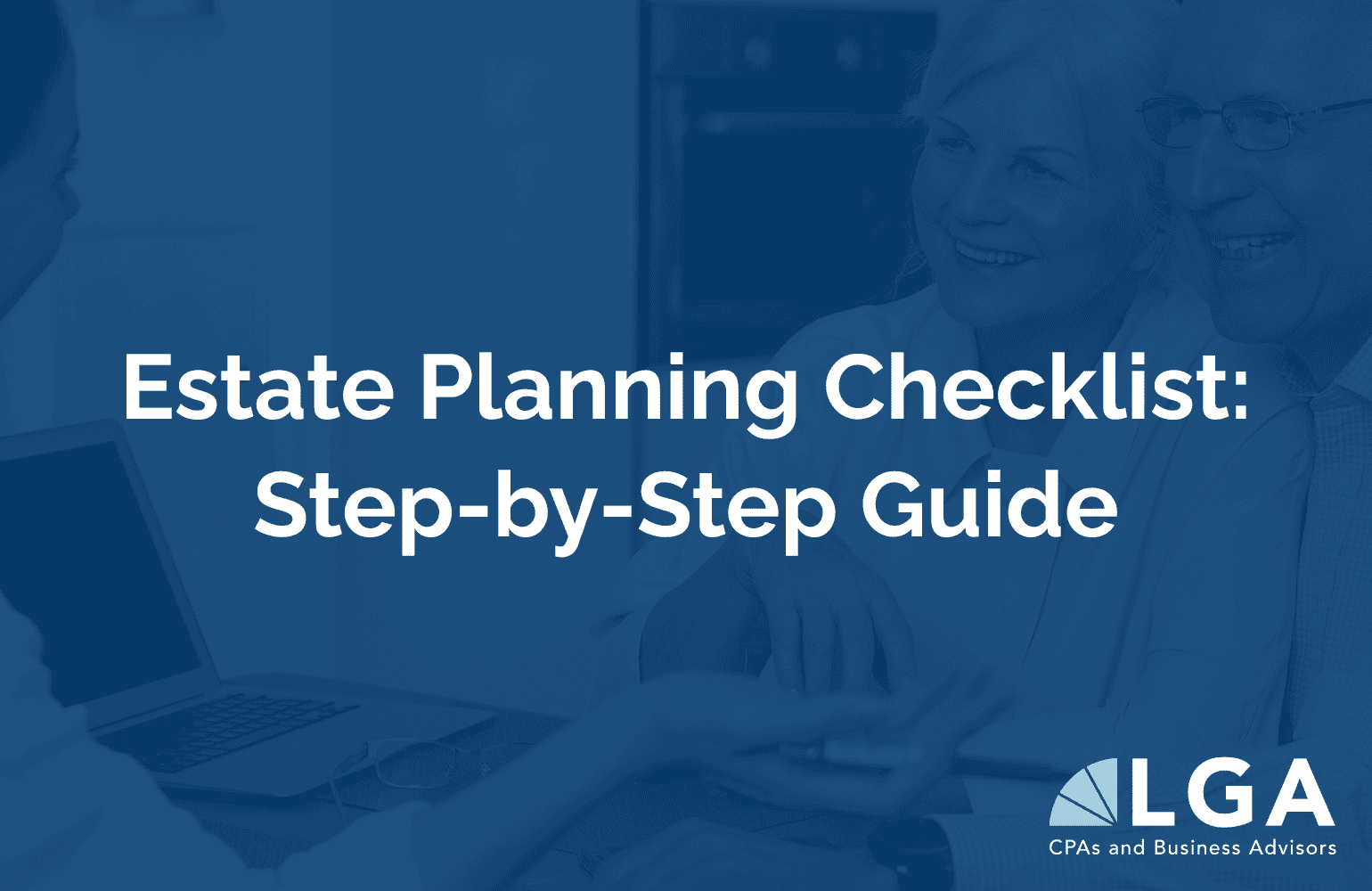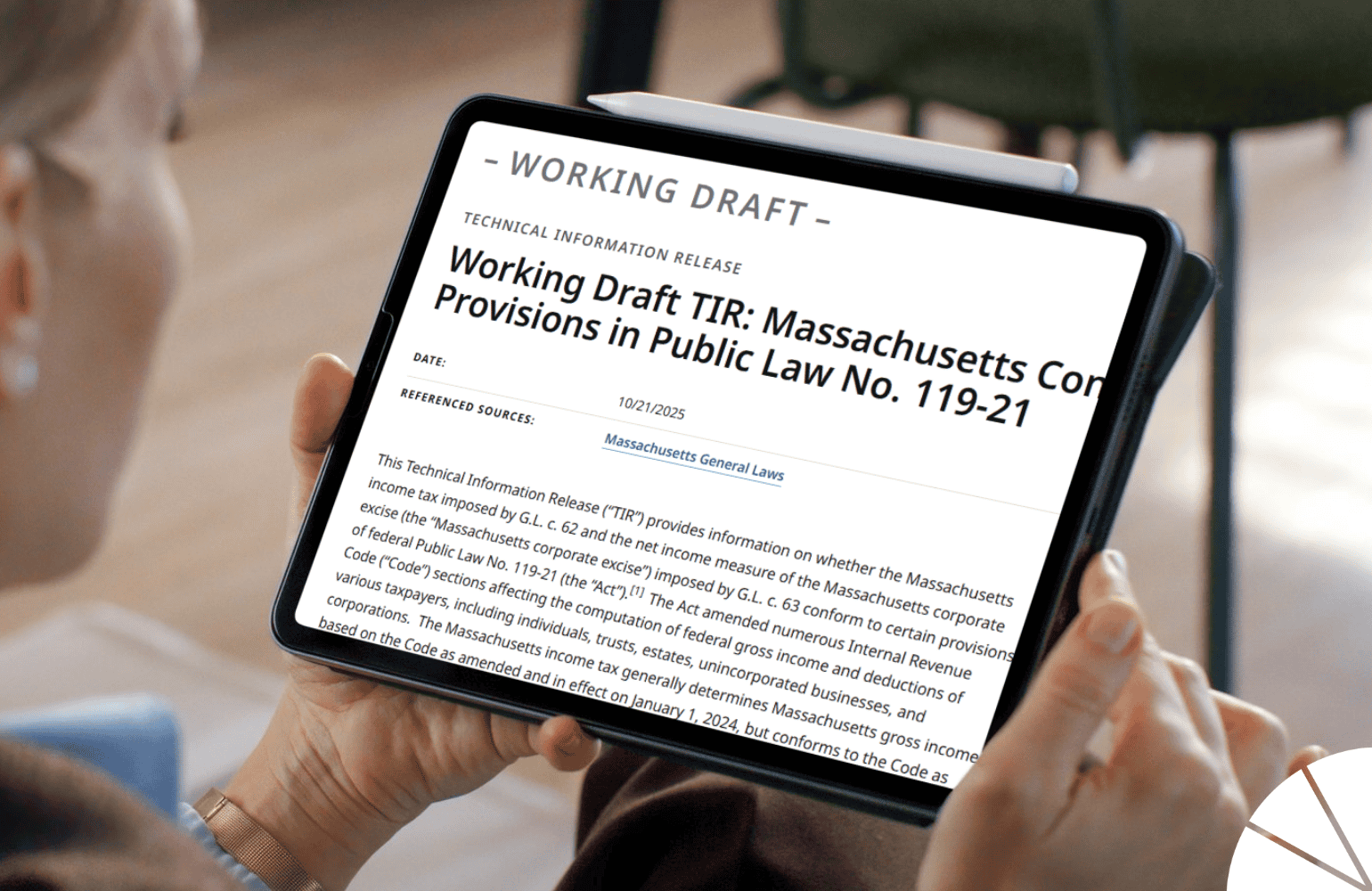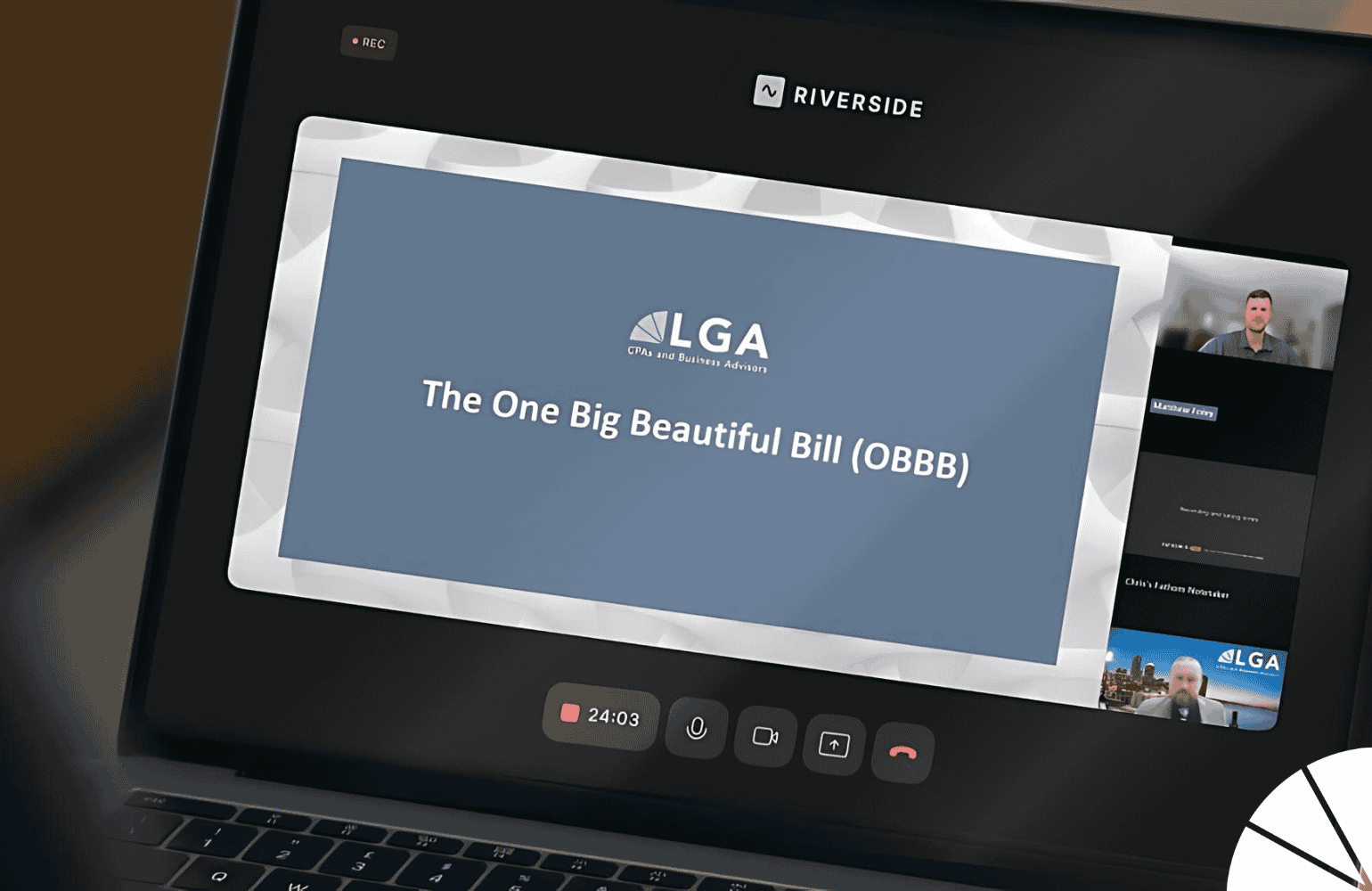
We are excited to bring you our third edition of “What Would Jeff Do?“ – our LGA financial newsletter series written by Jeffrey Levine, CPA, MST, our Director of Financial Strategies. If you have a general financial question for future newsletters, please submit them to Jeff.
Retirement planning presents unique challenges and opportunities, particularly for those with incomes exceeding the thresholds for direct Roth IRA contributions. Roth IRAs are highly sought after for their tax-free growth and distributions, making them a valuable tool in retirement planning. However, income limits can pose a barrier for high earners. In this edition, we’ll explore a strategy that might provide a solution: the Backdoor Roth IRA.
Understanding Roth IRA Income Limits:
Roth IRAs are subject to income limits. For 2023, married couples with an adjusted gross income (AGI) exceeding $228,000 and single filers over $153,000 are ineligible to contribute directly to a Roth IRA. This leaves many high earners questioning their options for tax-advantaged retirement savings. The income limits for 2024 are $240,000 for joint filers and $161,000 for single filers.
Jeff’s Strategy for High-Income Earners, the Backdoor Roth IRA:
For those unable to contribute directly to a Roth due to income restrictions, Jeff suggests a potential workaround: the Backdoor Roth IRA. This involves contributing to a Non-Deductible IRA (which has no income limit) and subsequently converting those funds to a Roth IRA. Since Non-Deductible IRA contributions are made with after-tax dollars, the conversion typically incurs little to no tax, provided it’s done before significant earnings accumulate.
Cautions and Considerations:
However, the process requires careful navigation:
- Pro-Rata Rule: If you have existing IRAs, the IRS considers all your IRAs to determine the taxable portion of the conversion. It’s important to understand how this might impact the tax efficiency of the conversion.
- Employer Retirement Plans: Transferring existing deductible IRA funds to an employer-sponsored plan (if permissible) can mitigate the pro-rata rule’s impact, essentially isolating the non-deductible contributions for a more tax-efficient conversion.
- Plan Assessment: Before transferring IRA assets to an employer plan, evaluate the investment options and fee structures. Not all employer plans may be suitable or more beneficial than your current IRA.
Jeff’s Comprehensive Approach:
Jeff emphasizes the importance of a holistic review when considering a Backdoor Roth IRA. This includes assessing current retirement accounts, understanding the implications of the pro-rata rule, and evaluating the merits of transferring IRA assets to an employer-sponsored plan.
Final Thoughts:
A Backdoor Roth IRA can be a valuable strategy for high-income individuals seeking the benefits of a Roth IRA. However, it’s crucial to navigate this path with a clear understanding of the implications and regulations.
Next Steps:
Are you a high-earner seeking to maximize your retirement savings in a tax-efficient manner? Let’s discuss whether the Backdoor Roth IRA is a suitable strategy for you. LGA is here to guide you through the complexities of retirement planning, ensuring your strategies align with your financial goals. Reach out to us today to ensure your retirement planning is on the right track.






